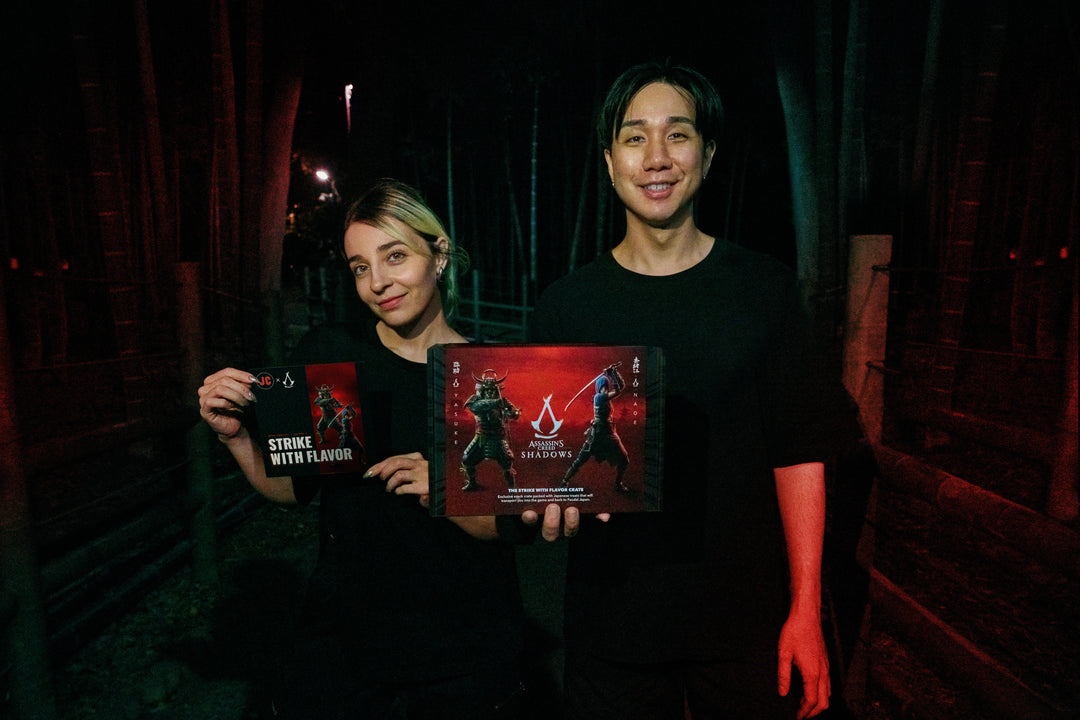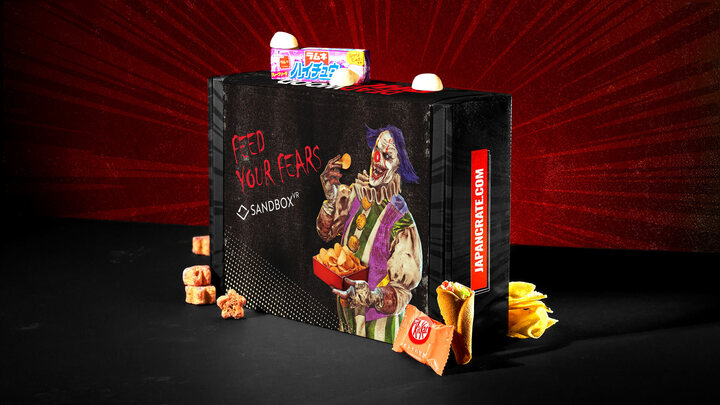Is Ramen Japanese?
Japan is known for its rich cuisine that serves hundreds of flavors you'll definitely love. From sushi's reputation worldwide to tempura and instant ramen, there are many other foods to consume in Japan. Indeed, Japan offers a wide variety of cuisine, and ramen is no exception. A wide range of flavors and seasonings, cooking techniques, visual presentation, ingredients, and other cultural influences can be found in Japanese ramen.
What is Ramen?

Ramen is a popular Japanese noodle dish both in Japan. It consists of roasted or braised pork, vegetables, and a soft-boiled egg with wheat or any kind of noodles in an umami-rich broth. Four basic types of ramen are based on the broth used to produce the soup. There is Shoyu ramen, the most well-liked variety of ramen, which is cooked with a base of chicken broth flavored with soy sauce. Next is Shio ramen, which has saltier, thinner chicken broth. Then the most healthy type of ramen is Miso ramen, which uses miso, or fermented soybean paste, to flavor the broth. Lastly is the Tonkotsu Ramen, which is fatty, thick, and creamy, created from simmering pork bones. Although there are numerous varieties, bones from chicken or pork are frequently added to the soup to enhance the flavor.
Ramen is also the name of a dish made with those noodles that are typically served with hot soup and toppings. The ramen noodles improve the flavor, while the pork or vegetables must be chewy. The components to make ramen noodles can vary in thickness and consistency as well as in straightness or curliness. If you've ever been to Japan or interacted with Japanese people, you know how much they adore Japanese ramen noodles which can be found in every ramen restaurants in city, town, and village. There is even a well-known museum devoted to ramen in Yokohama, Japan.
Ramen Culture in Japan

When people think of Japanese food, the first dish that often comes to mind is probably ramen. Ramen has developed into more than just a portion of food. The ramen culture is viewed as an important part of Japanese traditions, a cult, and a trend. Japan has many ramen restaurants that offer Japanese ramen noodle soup. Each ramen dish in Japan boasts its richness, high carbohydrate content, and fresh ramen noodles. In fact, throughout the year, locals eat a variety of regional variations of this meal, including favorites from Sapporo, Tokyo, Yokohama, Wakayama, and Fukuoka Hakata ramen variants are among the most popular ones.
Moreover, the simplicity of ramen allows for an infinite number of variations while maintaining the essence of the original dish. Many Japanese restaurants and manufacturers have developed a wide variety of Japanese ramen that is undoubtedly out of the ordinary. Ramen-ya or ramen restaurants in Japan stay open late to offer ramen, which is known to be the perfect food to consume after a night out on the town. These ramen shops provide various ramen options together with conventional sides to cater to every consumer. In addition, little ramen-ya commonly uses a ticketing system where you purchase a ticket for the type of ramen you want at the entrance to the store using a ticket machine and then present the ticket to the employee behind the counter after you are seated.
Different Japanese Ramen Noodles
1. Shoyu Ramen

Shoyu is the most traditional Japanese ramen taste. A soy sauce-based tare sauce and chicken bone stock are commonly used to make Shoyu ramen with common ramen toppings like thinly sliced roasted pork, menma (bamboo shoots), chopped Japanese Negi, dried seaweed, green onions, and seasoned hard-boiled eggs. Some establishments still refer to it by its traditional name, Chuka soba (Chinese Soba), on their menus rather than "Shoyu ramen." Nevertheless, the Shoyu ramen category features a broad variety of flavors and richness thanks to the usage of various shoyu tare sauces or dashi broth and thicker noodles by various shops or areas.
2. Shio Ramen

Shio ramen, the second-oldest variety of ramen noodle dishes after Shoyu ramen, is often made with chicken bone broth or tonkotsu broth with shio (salt)-based sauce. It has the mildest flavor of all, with a translucent, yellowish soup. Although stir-fried vegetables are equally good, roasted chicken, Japanese Negi green onions, and menma are typically used as popular toppings to shio ramen. Additionally, the Hakodate ramen that can be found on Hokkaido, Japan's northernmost island, is regarded to be the source of Shio ramen dishes.
3. Miso Ramen

Miso ramen was made in Sapporo, Hokkaido. The unusually rich, thick flavor of dashi soup is produced by combining miso paste with broth, which is mostly made of vegetables and pork bones. Miso ramen often features brown broth flavored miso and medium-thick curly noodles with a lot of pork and vegetables on top. Japanese often add popular additives like corn and butter that goes well with miso ramen.
4. Tonkotsu Ramen

Tonkotsu ramen is most popular in the Kyushu region, which includes Hakata and Kumamoto in southwestern Japan. Tonkotsu is literally translated as "pork bone broth," which gives the ramen its cloudy, white liquid of the soup. Thin and straight noodles are frequently used in Tonkotsu ramen. Moreover, Tonkotsu Ramen toppings often include typical ramen toppings like sliced roasted pork, wood ear mushrooms, steamed fish cake, bean sprouts, nori seaweed, and green onions. Several shops also sell hot pickled takana mustard and pickled ginger as additional toppings.
So Is Ramen Japanese?

Simply put, ramen is a Japanese noodle soup made with various noodles, a richly flavorful broth, and a variety of meats or vegetables, frequently topped with a boiled egg. Ramen in Japan has permeated every aspect of contemporary Japanese society and is seen as an important cuisine icon that captures a particular way of living among the Japanese. Japanese ramen continues to share one trait despite the many variants and contemporary flavor additions: the focus is always on the food. Ramen is currently one of the most well-liked cuisines in Japan.
Moreover, there are more than 24,000 ramen outlets all throughout the country, with about 5,000 in Tokyo alone. Indeed, ramen significantly impacts popular culture and demonstrates its significant role in Japanese culture. In fact, ramen has shared one of its most significant contributions to the global food industry, which is the introduction of instant noodles that made people's lives easier and more comfortable.
It's Japan Crate Time!
Japan Crate has the best Japanese ramen you'll surely love for a very affordable price. Japan Crate has many varieties of Japanese ramen noodles you'll surely enjoy. Subscribe to a subscription box of Japanese-limited noodles every month at your home! At Japan Crate, we make it simple for every customer to buy ramen noodles, snacks, and a variety of collectibles from Japan. You won't need to wait more than a week for that Japanese ramen you order online. Delivery and shipping options from Japan Crate are efficient and trustworthy worldwide. Just click this link to sign up right now. Japan Crate will bring you the savory taste of Japanese ramen noodles in no time!
Author Bio







Leave a comment